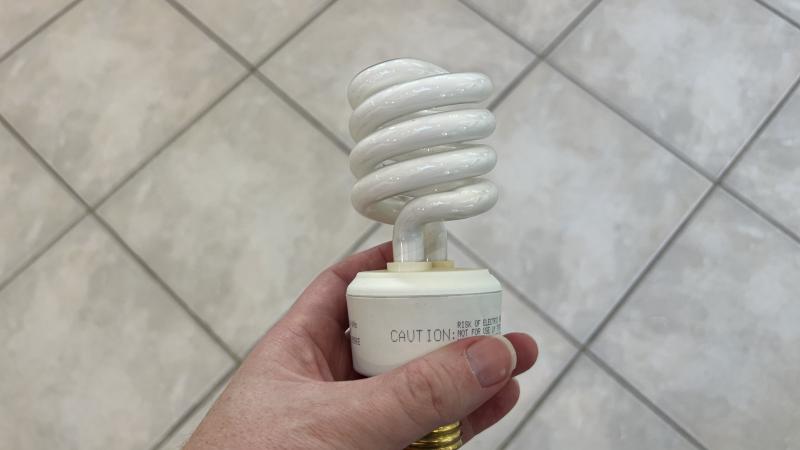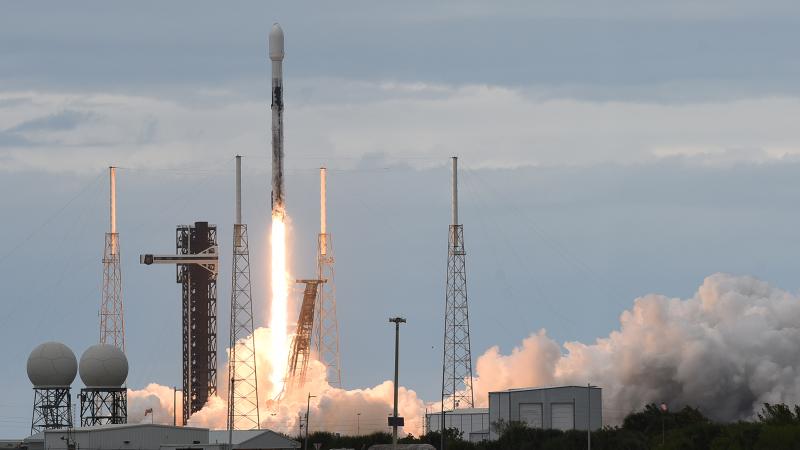Scientists claim they can harvest clean energy from the air. Is it the future of energy?
While scientists are highly optimisitc about the technological breakthrough, one expert warns not to put all the eggs into one basket.
A new study is touting a scientific breakthrough that has the potential to revolutionize the global energy industry: harvesting clean energy out of thin air.
Engineers who compiled the study say they've invented a device that could eventually be scaled to deliver electricity to the world in a way no one has thought possible.
What is it?
The engineers, from the University of Massachusetts, Amherst, have developed what they described as a cloud-like "Air-gen" device that can generate power from air humidity.
The study’s senior author, Yao Jun, compares the device to a cloud, which he describes as a "mass of water droplets," each having an electric charge.
"When conditions are right, the cloud can produce a lightning bolt," he recently told Just the News.
While no one has yet to figure out how to "reliably capture electricity from lightning," Yao says, the engineers have designed a "human-built, small-scale cloud that produces electricity for us predictably and continuously" for harvesting.
What’s it made of?
Yao says the device is made from a "nano-porous thin film," which he explained is material "punched" with many small holes, or nano-pores.
The holes are about 1/1000th as wide as a single human hair and are the "secret" to the device, he also says.
How does it work?
The success of the Air-gen depends on what the researchers describe as the "generic Air-gen effect" – that electricity can be effectively captured in air by using the right materials with the key nano-pore property.
UMass Amherst’s Dr. Daegan Miller explains how the harvester works.
He says the nano-porous material essentially lets the water molecules move from its upper to the lower regions, creating a charge imbalance like that in a cloud.
"As the upper part increased its charge relative to the lower part, this would effectually create a battery, one that runs as long as there is any humidity in the air," Miller concludes.
The future of electricity?
Though the paper does not identify specifics on how much power the Air-gen is capable of generating, the researchers are optimistic.
Yao says the device can be run from a power plug and is self-charged from air, making the idea of accessing clean energy from almost anywhere in the world a realistic possibility.
The paper’s lead author, Xiaomeng Liu, expressed similar optimism, saying the device will "open up a wide door" to the future of energy and energy technology.
He also said the device has been patented and is already garnering investor interest.
The preliminary findings on Air-gen published in the Advanced Materials journal also concluded the device's nano-porous material has the capacity to be "deployed almost anywhere," making it a possible, go-to green energy technology "for the future."
The Heritage Foundation's senior energy fellow, James Spencer, expressed enthusiasm for the effort but was more circumspect about its success in the marketplace.
"It's an interesting concept," he said Thursday. "The question though, then becomes whether or not it's scalable."
He pointed out that other scientists have also said throughout the years that their emerging energy source will "change the world" and that "some have" but "most have not."
He also argued that using the free market, not taxpayer funded experimentation, is "the best way to push technologies forward."
"I think that the federal government uses a lot of taxpayer money in an effort to advance the technologies that the politicians and special interests like" such as the "Biden administration and the green movement," Spencer said. "That's where my skepticism starts to come in."
Follow Addison on Twitter.















